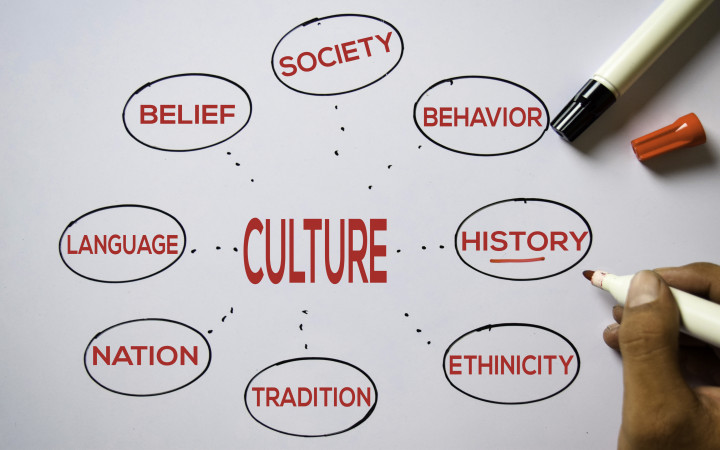Today’s Wonder of the Day was inspired by MAYA. MAYA Wonders, “What was the first culture on Earth?” Thanks for WONDERing with us, MAYA!
Today’s Wonder of the Day is about something that’s around you all the time. You may not always see it, but it affects just about every aspect of life. That’s right—today, we’re learning about culture!
What is culture? It’s a hard word to define. Over the years, experts in many fields have given different explanations of what culture is. Essentially, “culture” describes the many practices, customs, and artifacts that a group of people share in common.
Cultures come in many shapes and sizes. Often, cultures share a geographical region. People on the same continent or in the same country, state, or city may share culture. Your school may have its own culture, and so might your family. People in the same age group may also have a culture. The same can be said for online communities. Culture can also be shared by people of the same race or ethnicity, regardless of location.
Many parts of life make up culture. Most fit into two groups: nonmaterial and material. Nonmaterial parts of culture are things that you can’t touch. This includes practices and customs.
For example, the values shared by a group are a nonmaterial part of culture. Language is also in this group, as is religion. It also includes traditions, like holidays and family gatherings.
Many material items are also part of culture. These are things that are made by people in a culture. They may also influence how those people live or think. Some examples are art, literature, and music. The food and clothing common among a group are also part of their culture. So are the forms of technology they use.
Cultures can change over time. This happens when new people enter the culture and bring outside practices with them. Change can also occur when two cultures meet. However, many groups of people today still share many parts of their culture with their ancient ancestors. This makes the customs and traditions they carry on very special to them.
Everyone should be proud of their culture. However, it’s important to remember that no one set of traditions is better or more important than any other. The attitude that your own culture is superior to all others is called ethnocentrism. History is full of examples of times when ethnocentrism has led to violence and genocide. Always strive to respect the customs of other people and follow the golden rule.
How would you describe your culture? That can be a difficult question, especially if you haven’t thought much about it before. If you’re not sure, talk with your family members and others close to you. Together, you may be able to identify the practices that make up your culture!
Standards: CCRA.R.1, CCRA.R.2, CCRA.R.4, CCRA.R.10, CCRA.W.2, CCRA.W.4, CCRA.W.9, CCRA.W.10, CCRA.L.1, CCRA.L.2, CCRA.L.3, CCRA.L.6, CCRA.SL.1, CCRA.SL.2




